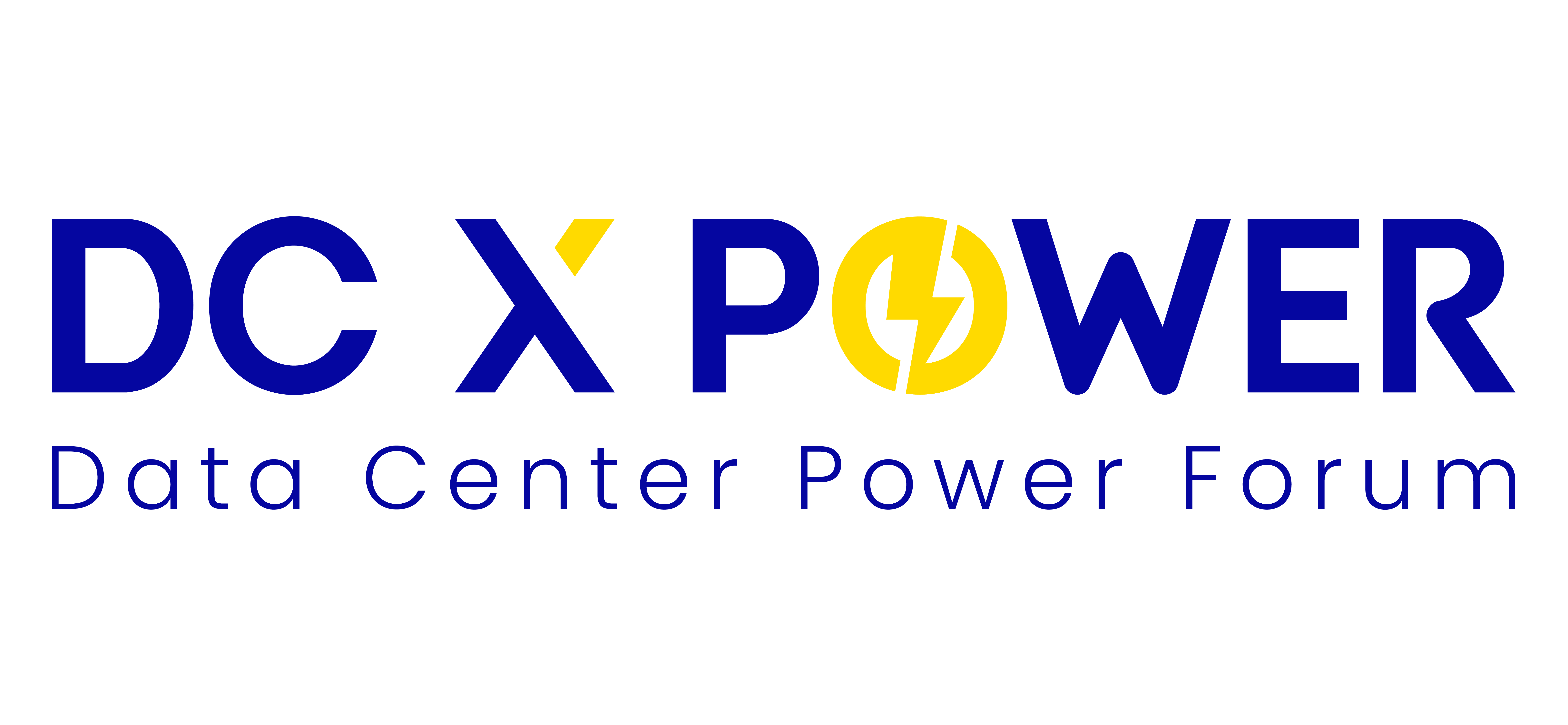Maximising the Corporate Clean Energy Opportunity in Asia
)
“Whether it’s power wheeling in Indonesia, cross-border electricity trade in Singapore, or direct PPA implementation in Vietnam, we see growing momentum for policy innovation and public-private collaboration.”
— Suji Kang, Program Director, Asia Clean Energy Coalition
A Market Full of Opportunity—and Obstacles
As Asia’s energy transition gains speed, large corporates are stepping up; No longer just as consumers, energy consumers are now powerful stakeholders shaping market design and energy policy.
Yet across the region, markets are advancing at different speeds. While countries like Japan and South Korea have relatively mature procurement frameworks, many Southeast Asian markets face deeper structural barriers, including vertically integrated utilities, regulatory uncertainty, and limited institutional capacity.
A core challenge is supply. Renewable generation on the grid is not keeping pace with surging corporate demand, constrained by slow permitting, unclear regulations, and underinvestment in grid upgrades. This creates uncertainty for developers and limits the ability to bring new projects online.
At the same time, procurement options remain limited. Physical and virtual Power Purchase Agreements (PPAs) are a priority for many companies, offering long-term price stability and direct support for new capacity. In markets where PPAs are not feasible, utility green tariffs can offer a starting point—if they are cost-effective and deliver additionality. Energy Attribute Certificates (EACs), including bundled options, play a key role in enhancing transparency and supporting emerging mechanisms like Cross-Border Electricity Trade.
Underlying all of this is the need for stronger transmission infrastructure. Many national grids are not expanding fast enough to accommodate growing demand and rising shares of renewable power. Without timely investment or deployment of grid-enhancing technologies, clean energy integration will remain constrained.
Bridging Demand with Policy
These challenges are real, but solvable. With targeted reforms and investment, countries can unlock market-aligned pathways for corporate clean energy procurement,supporting national energy goals while attracting private sector participation.
The Asia Clean Energy Coalition (ACEC), a private sector-led initiative, plays a key role in this effort. It supports governments in designing frameworks that reflect local realities, meet international standards, and respond to corporate needs.
“ACEC brings together some of the world’s largest energy buyers and renewable developers,” says Suji Kang, Program Director, Asia Clean Energy Coalition. “Our role is to align corporate demand with national energy goals, helping countries unlock the full potential of clean power.”
Expanding the Procurement Toolkit
Corporate demand continues to rise—and so must the tools to meet it. CPPAs remain one of the most effective mechanisms, enabling traceable supply and driving new capacity. But a flexible ecosystem is essential.
In markets where direct procurement is not yet viable, utility green tariffs and credible EACs like I-RECs or TIGRs are critical. Improving the traceability and standardisation of these instruments boosts corporate confidence and encourages wider adoption.
Cross-border electricity trade, such as Singapore’s regional import strategy, also offers a viable solution for countries with limited domestic renewables. For this model to succeed at scale, international recognition—under frameworks like RE100 and the Greenhouse Gas Protocol—is essential. Aligning regional procurement with global standards will support scalability, credibility, and transparency.
Ensuring Credibility and Impact
In a crowded clean energy market, companies are under pressure to demonstrate that their purchases are not just effective, but credible.
That starts with additionality, ensuring procurement supports new renewable capacity, not just reallocation of existing supply. CPPAs are vital here, as are robust tracking systems and alignment with recognised frameworks.
“Credibility builds trust,” Kang notes. “And that’s essential for companies navigating both climate goals and stakeholder expectations.”
Policy Shifts to Watch
Over the next 12 to 18 months, several regulatory developments are expected to shape regional markets. Vietnam’s Direct PPA framework is a key milestone, alongside anticipated updates in Japan, South Korea, and Indonesia’s joint transmission access policies.
In the longer term, ASEAN grid interconnection, emissions tracking alignment, and broader grid modernisation will be essential to scaling regional corporate procurement.
“We’re entering a pivotal phase,” Kang concludes. “With the right investments and policy decisions, Asia can lead the way in corporate clean energy adoption.”
Collaborative Pathways Forward
ACEC works at all levels to help design and implement practical policy solutions. This includes technical engagement with ministries, sharing operational data, and co-developing reforms. Its contributions span Vietnam’s Direct PPA design, permitting reform in Korea, and cross-border electricity trade in Singapore.
“We serve as a unified voice for corporate energy buyers,” says Kang. “Our goal is to ensure that policy innovation is grounded in operational feasibility.”
Momentum is growing for market-based solutions that balance energy security, cost, and climate goals. Through cross-sector collaboration, this momentum can be translated into tangible change.
“Every conversation we have with a policymaker, a utility, or a corporate partner has the potential to unlock real progress,” says Kang. “Together, we can shape a resilient and regionally connected energy future—one that reflects the realities of today and the possibilities of tomorrow.”
Decisions Made Today Will Shape the Next Decade
The future of ASEAN’s power system will be defined by choices made today. Delayed action makes targets harder to reach while placing pressure on already strained grids.
Flexibility—both technical and strategic—will be key. This means adapting the role of traditional fuels, designing markets that reward responsiveness, and building systems that can evolve as technologies advance.
Corporate clean energy demand is already reshaping policy across Southeast Asia. It’s up to governments, regulators, and market operators to respond with the frameworks and infrastructure needed to deliver.
“Across Southeast Asia, we are witnessing a surge in corporate demand for renewable energy, driven by global climate commitments, supply chain decarbonization, and a growing appetite for clean, reliable, and cost-effective power,” says Kang. "Our vision for 2030 is that clean energy in Asia’s markets is accessible, affordable, and accountable at scale, with effective procurement frameworks, regulation, and investment. Companies are meeting their clean energy demands, and countries are meeting their clean energy goals. This presents a significant opportunity for governments, utilities, developers, and the private sector to work together to scale access to renewable energy in a way that is inclusive, practical, and aligned with national priorities.”
Join the Conversation at Enlit Asia
Enlit Asia provides a vital platform to advance these conversations—connecting diverse stakeholders, sharing insights, and accelerating collective action across the energy value chain.
Find out more at www.enlit-asia.com or contact us at info@enlit-asia.com to get involved.



)
)
)
)
)
)
)
)
)
)
)
)
)
)
)
)
)
)
)
)
)
)

)
)
)